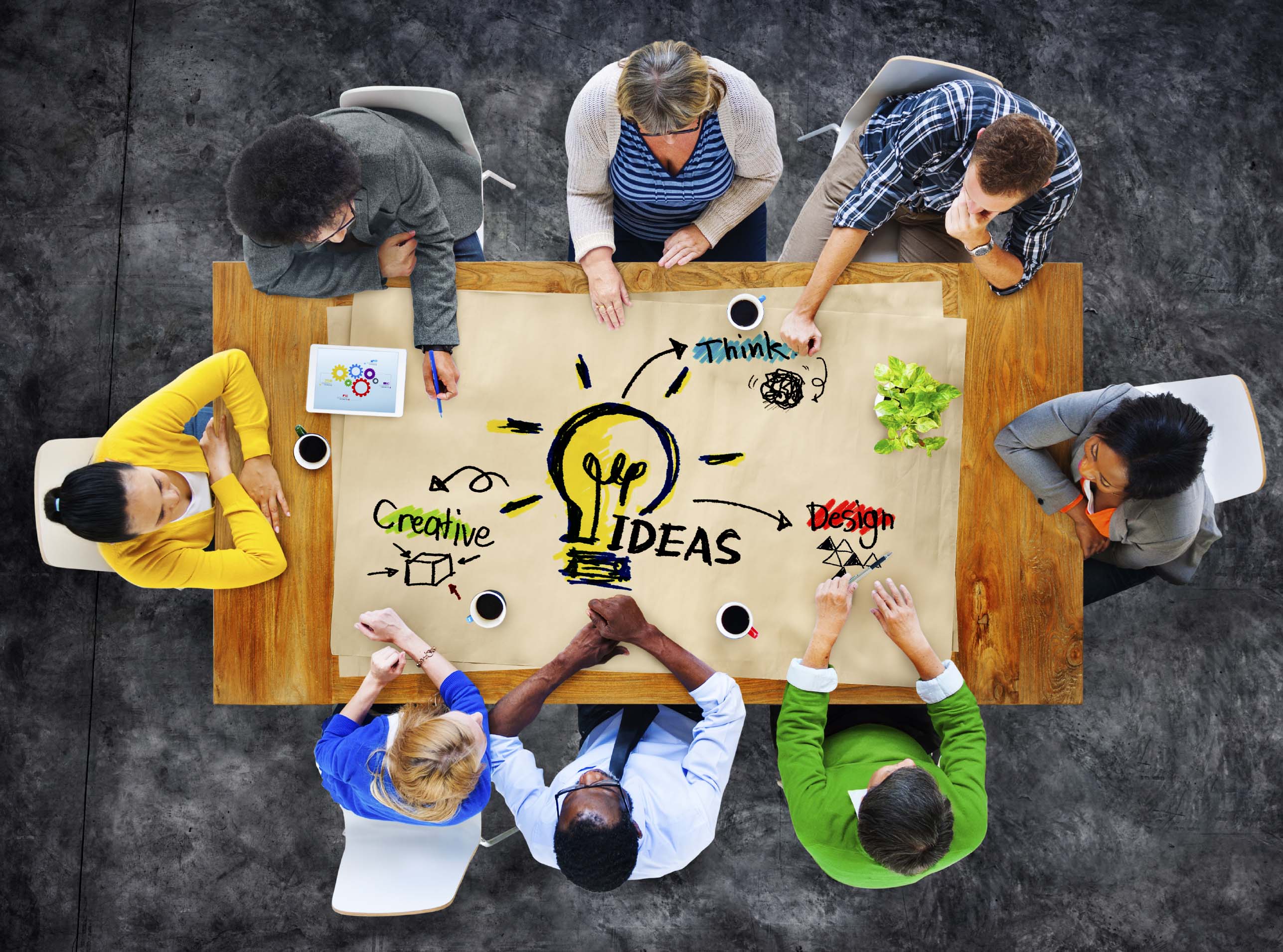Home » News » Blog » Adaptability in Times of Change Part 2
Adaptability in Times of Change Part 2
Adaptability in Times of Change
Part 2: Creativity
Akoulina Connell, Executive Director
In Part 1 of this blog on Adaptability in Times of Change, I focused on collaboration as a key adaptive capacity. But what role does creativity itself play? How can developing creative capacities (whether we are young or not so young) help us become better problem solvers, observers, and innovators? There is so much talk about innovation in the world – and so much of public investment to promote innovation is aimed at the tech sector without considering how investment in broader creative capacity building might fertilize the soil and broaden the base from which innovative thinking grows.
Diverse Literacies for the Digital Age
 Old forms of literacy aren’t enough anymore. We can’t rely solely on letters and numbers. The literacy spectrum is far broader. It always has been, but the web has amplified this reality for us. We can’t afford to sit passively before our screens without new kinds of literacy: we need broader literacy skills to understand, when we look at a video clip, what in its alchemy has touched us: colour, music, words, movement, pacing, light values, and more. If we don’t understand all of the elements of the narrative structures we are constantly bombarded with online, how can we possibly navigate and engage with it effectively ourselves? How do we build narratives within the global framework that have resonance, impact, and power? How do we change how we operate in order to engage fruitfully over the long term in this change in times?
Old forms of literacy aren’t enough anymore. We can’t rely solely on letters and numbers. The literacy spectrum is far broader. It always has been, but the web has amplified this reality for us. We can’t afford to sit passively before our screens without new kinds of literacy: we need broader literacy skills to understand, when we look at a video clip, what in its alchemy has touched us: colour, music, words, movement, pacing, light values, and more. If we don’t understand all of the elements of the narrative structures we are constantly bombarded with online, how can we possibly navigate and engage with it effectively ourselves? How do we build narratives within the global framework that have resonance, impact, and power? How do we change how we operate in order to engage fruitfully over the long term in this change in times?
And perhaps most importantly of all: how do diversified creative literacies remind us more fully of our humanness and our empathy for the experience of other people and living things? Embracing creativity is to embrace our mind-body connection more fully, and by extension, our connection and relationship to the world around us.
Lifelong Learning through the Arts
Creative capacities have always been essential to our full development, from childhood and through life. When children were free range, creative exploration happened with greater readiness – playing with mud, building dams in spring freshets, building forts and tunnels in snow, stacking twigs and grasses to make a hiding place, channeling a spring through a  abyrinth of sand on a beach, drawing with a stick in the sand. Turning cartwheels, hanging upside down – experimenting with light, texture, perspective. Yelling into a chasm to hear the echo – ululating to hear the effect of waves of sound folding back to us. Not everyone has access to such experiences with such readiness now – and yet this sense of play, of risk-taking, of focus is essential to creative self-expression and fearless problem solving and experimentation.
abyrinth of sand on a beach, drawing with a stick in the sand. Turning cartwheels, hanging upside down – experimenting with light, texture, perspective. Yelling into a chasm to hear the echo – ululating to hear the effect of waves of sound folding back to us. Not everyone has access to such experiences with such readiness now – and yet this sense of play, of risk-taking, of focus is essential to creative self-expression and fearless problem solving and experimentation.
Learning to use our full human apparatus (all five senses) to interpret and engage with the world more deeply is key. Increasing fine arts and music in our education system is yet another way to give us an edge. Experiential and kinesthetic learning is just as essential as learning to read, learning to count, and learning code. Strategic investment in life-long arts education and programming is foundational for transforming societies. And more: through the arts, (bonus) we also reap the collective social benefit of becoming happier, more empathetic people. And right now, around the world and here in tiny New Brunswick, we need the tools to do just that.



